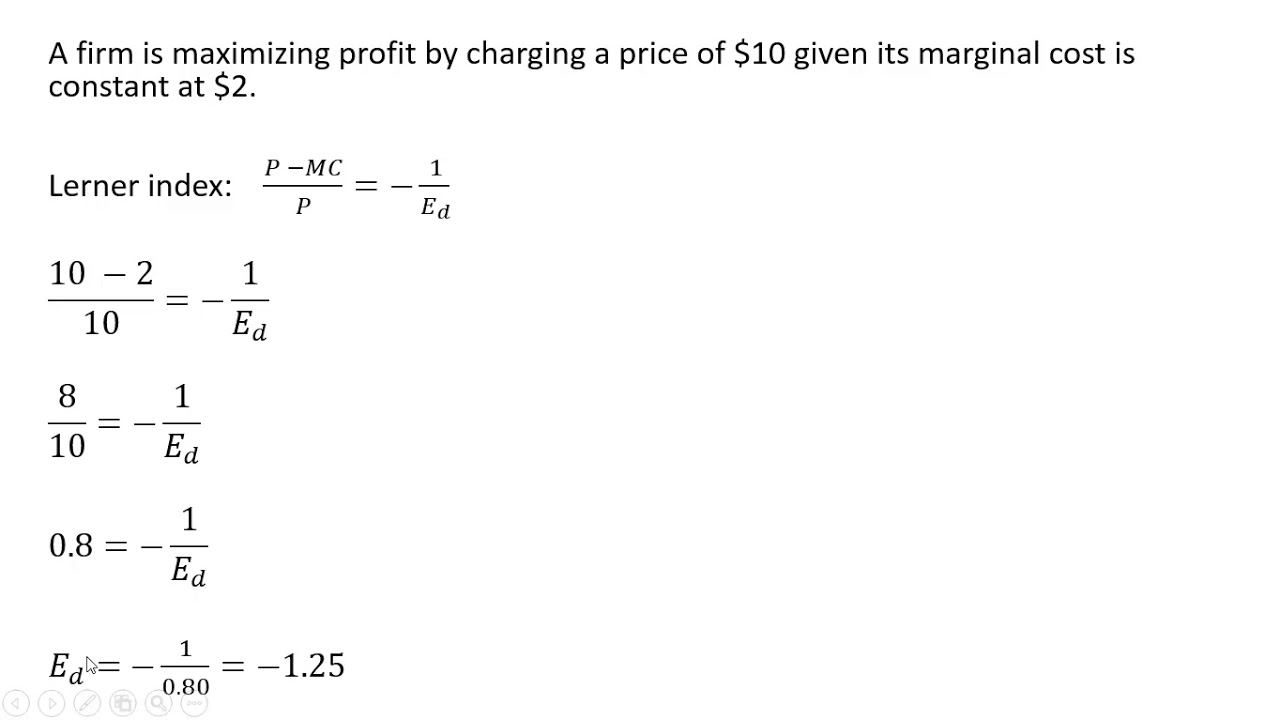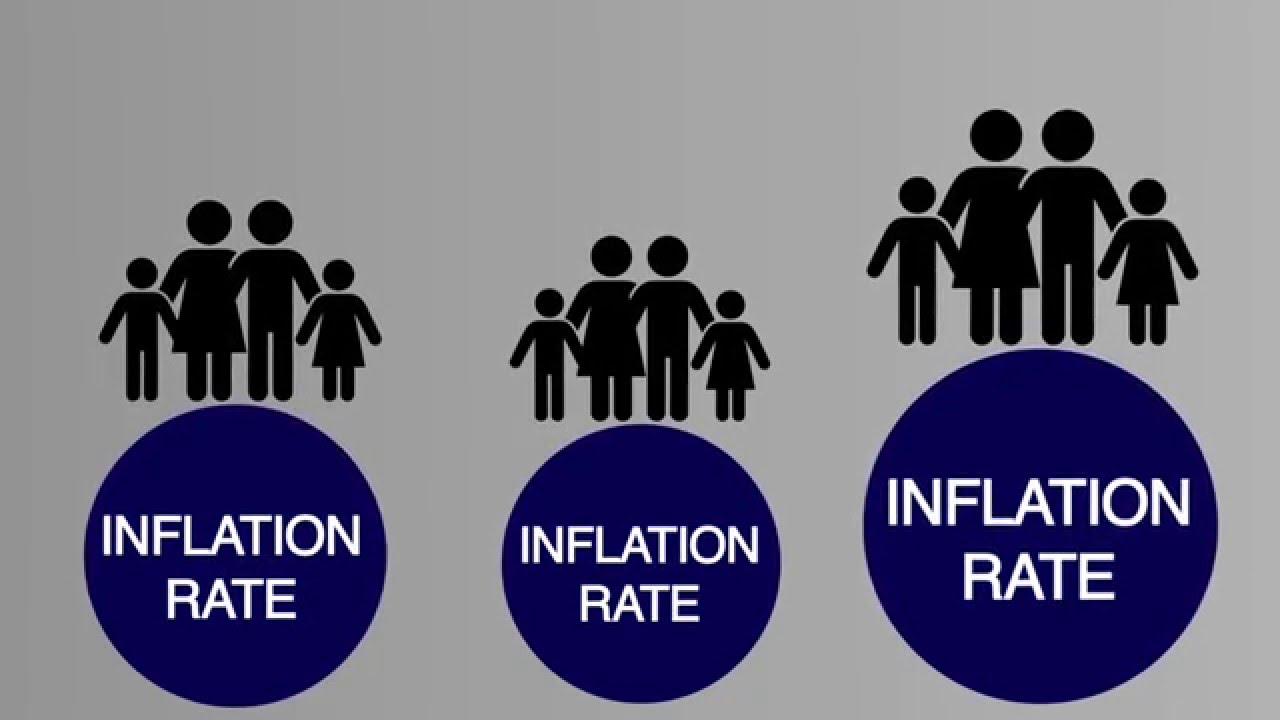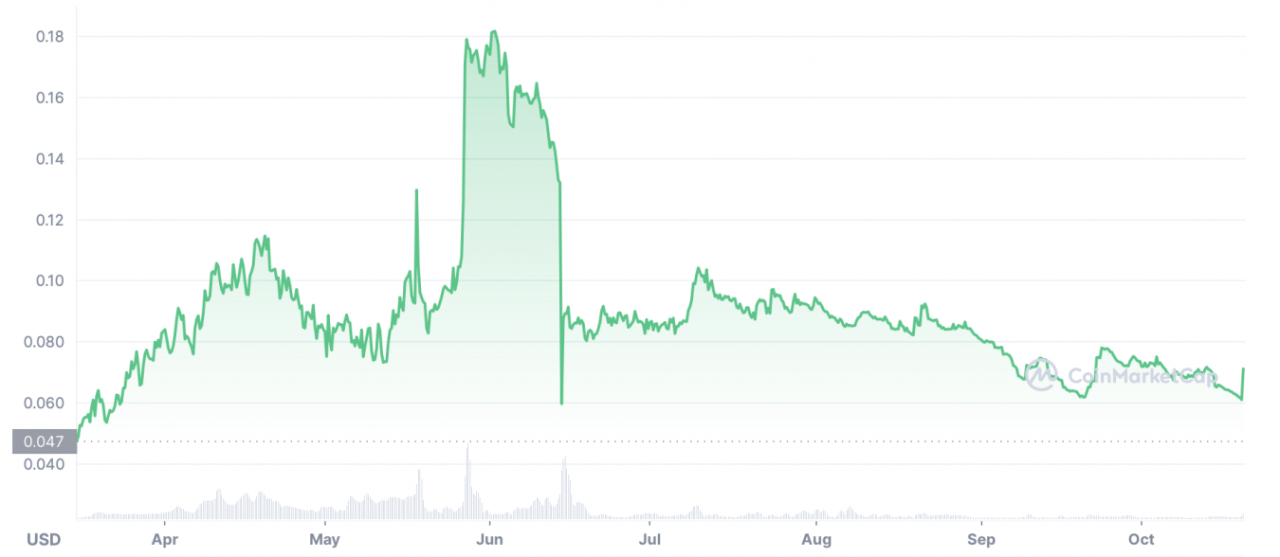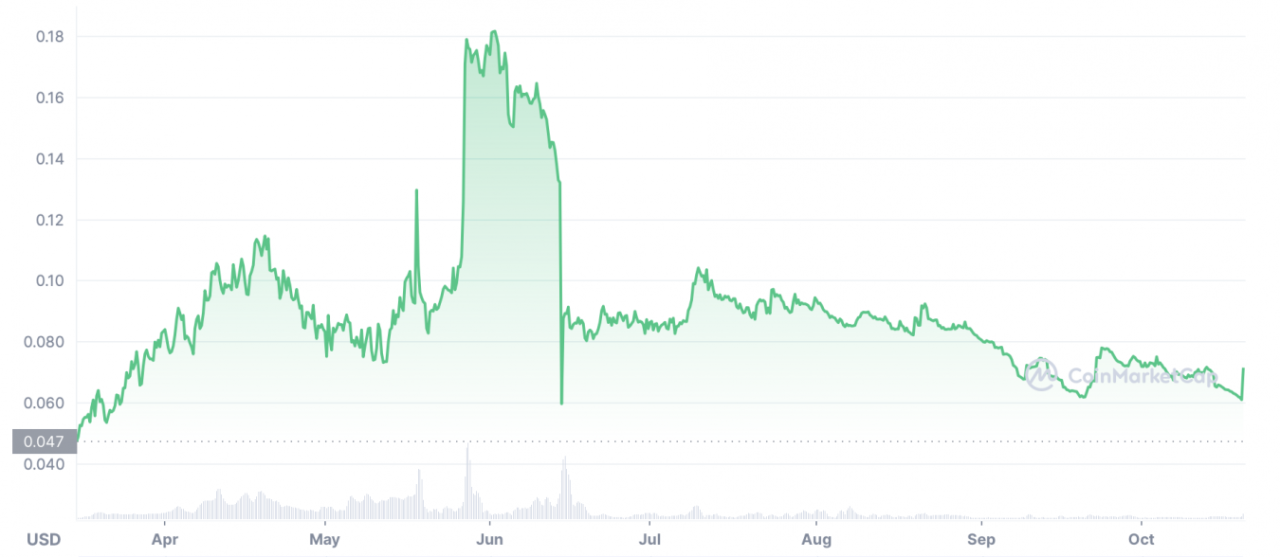Chained together price, an innovative concept in economics, offers a novel approach to measuring inflation by seamlessly linking together price indices over time. By eliminating the artificial breaks between indices, chained together price provides a more accurate reflection of the true cost of living, enabling policymakers and businesses to make informed decisions.
As we delve into the intricacies of chained together price, we will explore its fundamental principles, uncover the factors that influence its calculation, and discover its wide-ranging applications in economics and business. We will also examine real-world case studies to gain practical insights into its effectiveness and limitations, and speculate on its future trends.
Understanding Chained Together Price

Chained together price is a method of calculating the price of a set of goods or services over time by linking together a series of price indexes. The resulting index is a continuous measure of price changes that reflects the changing composition of the goods and services being priced.
Factors Influencing Chained Together Price
- The choice of base period:The base period is the period against which all other periods are compared. The choice of base period can affect the level and trend of the chained together price index.
- The frequency of updating the weights:The weights used to combine the individual price indexes are typically updated periodically. The frequency of updating the weights can affect the volatility of the chained together price index.
- The method of linking the price indexes:There are several different methods of linking price indexes. The method used can affect the smoothness of the chained together price index.
Methods for Calculating Chained Together Price
Chained together price, also known as the Fisher price index, is a method of calculating the price of a basket of goods and services over time. It is calculated by taking the geometric mean of the price relatives of two consecutive periods.
There are two main methods for calculating chained together price:
- The direct method
- The indirect method
Direct Method
The direct method is the more straightforward of the two methods. It involves calculating the price relative of each item in the basket for two consecutive periods and then taking the geometric mean of the price relatives.
The formula for the direct method is:
CPI_t = (P_t/P_t-1)^(1/2)
where:
- CPI_t is the chained together price index for period t
- P_t is the price of the basket of goods and services in period t
- P_t-1 is the price of the basket of goods and services in period t-1
Indirect Method
The indirect method is a more complex method of calculating chained together price. It involves calculating the Laspeyres price index and the Paasche price index for two consecutive periods and then taking the geometric mean of the two indices.
The formula for the indirect method is:
CPI_t = [(LPI_t
PPI_t)^(1/2)]
where:
- CPI_t is the chained together price index for period t
- LPI_t is the Laspeyres price index for period t
- PPI_t is the Paasche price index for period t
Comparison of Methods
The following table compares the direct and indirect methods for calculating chained together price:
| Method | Formula | Advantages | Disadvantages |
|---|---|---|---|
| Direct method | CPI_t = (P_t/P_t-1)^(1/2) | – Simple to calculate | – Can be biased if the basket of goods and services changes significantly over time |
| Indirect method | CPI_t = [(LPI_t
|
– Less biased than the direct method | – More complex to calculate |
Applications of Chained Together Price

Chained together price is a valuable tool used in economics and business for measuring price changes over time. It provides a more accurate representation of inflation and the cost of living compared to traditional price indices, such as the Consumer Price Index (CPI).
In Economics
Chained together price is used by economists to measure inflation and the cost of living. It is also used to calculate real GDP and other economic indicators. Chained together price provides a more accurate measure of inflation than traditional price indices because it takes into account the substitution effect.
This is the tendency of consumers to switch to cheaper goods and services when prices rise.
In Business, Chained together price
Chained together price is used by businesses to track the cost of their inputs and outputs. It is also used to make pricing decisions. Chained together price can help businesses to identify areas where they can save money and improve their profitability.
Limitations of Using Chained Together Price
While chained together price is a valuable tool, it does have some limitations. One limitation is that it can be difficult to calculate. Another limitation is that it can be subject to revision.Despite these limitations, chained together price is a valuable tool that can be used to measure price changes over time.
It is a more accurate measure of inflation than traditional price indices and can be used by businesses to make pricing decisions.
Case Studies

Chained together price has been employed in various real-world scenarios, providing valuable insights and aiding decision-making processes. These case studies demonstrate the practical applications and effectiveness of this technique.
Challenges and Successes
The use of chained together price presents both challenges and successes. One challenge lies in the complexity of the calculations involved, requiring meticulous data collection and analysis. However, the benefits often outweigh the challenges, as chained together price provides a more accurate and reliable measure of price changes over time, capturing the impact of both substitution and quality changes.
A notable success of chained together price is its ability to address the substitution bias that can arise when using traditional price indices. By incorporating substitution effects, chained together price provides a more comprehensive understanding of consumer behavior and price dynamics.
Effectiveness of Chained Together Price
Overall, chained together price has proven to be an effective tool for measuring price changes, particularly in situations where substitution effects are significant. Its ability to capture both price and quality changes provides a more accurate representation of inflation and consumer price movements.
The effectiveness of chained together price has been demonstrated in various applications, including economic forecasting, monetary policy decisions, and international comparisons. By providing a more reliable measure of price changes, chained together price enhances the accuracy and credibility of these processes.
Future Trends
Chained together price is expected to become increasingly important in the future. As economies become more globalized, the need for accurate and timely price data will only increase. Chained together price is well-suited to meet this need, as it provides a consistent and comparable measure of prices over time.In addition, the development of new technologies is making it easier to collect and process price data.
This is making chained together price more accessible and affordable, which is likely to lead to its wider adoption.
Emerging Trends
Some of the emerging trends in the use of chained together price include:
- The use of chained together price to measure inflation. Inflation is a measure of the rate of increase in prices over time. Chained together price is a more accurate measure of inflation than traditional methods, as it takes into account the substitution of goods and services over time.
- The use of chained together price to compare prices across countries. Chained together price can be used to compare prices across countries, even if they have different currencies. This is because chained together price is based on a common set of goods and services, which makes it possible to compare prices on a like-for-like basis.
- The use of chained together price to track the cost of living. The cost of living is a measure of the amount of money that is needed to purchase a basic basket of goods and services. Chained together price can be used to track the cost of living over time, which can help policymakers to make informed decisions about how to support low-income households.
Predictions
It is predicted that chained together price will become the dominant method for measuring prices in the future. This is because chained together price is a more accurate, timely, and accessible measure of prices than traditional methods.
Opportunities and Challenges
The widespread adoption of chained together price presents a number of opportunities and challenges.
Opportunities
- Improved accuracy of economic data. Chained together price provides a more accurate measure of prices than traditional methods, which will lead to improved economic data.
- Increased transparency. Chained together price is based on a common set of goods and services, which makes it more transparent than traditional methods.
- Enhanced comparability. Chained together price can be used to compare prices across countries and over time, which will make it easier to track economic trends.
Challenges
- Data collection. The collection of price data can be a complex and expensive process. This is especially true for chained together price, which requires data on a large number of goods and services.
- Data processing. The processing of price data can also be a complex and time-consuming process. This is especially true for chained together price, which requires the use of sophisticated statistical techniques.
- Data dissemination. The dissemination of price data can also be a challenge. This is especially true for chained together price, which is a relatively new measure of prices.
Despite these challenges, the widespread adoption of chained together price is likely to have a number of positive benefits. Chained together price is a more accurate, timely, and accessible measure of prices than traditional methods. This will lead to improved economic data, increased transparency, and enhanced comparability.
End of Discussion
In conclusion, chained together price has emerged as a powerful tool for measuring inflation, providing a more accurate and comprehensive understanding of price changes over time. Its versatility extends to both economic analysis and business decision-making, offering valuable insights into the dynamics of inflation and its impact on consumers and businesses alike.
As the future unfolds, chained together price is poised to play an increasingly prominent role in shaping our understanding of inflation and guiding economic policies.
FAQ Corner
What is the primary advantage of using chained together price?
Chained together price eliminates the artificial breaks between price indices, providing a more accurate and continuous measure of inflation over time.
How is chained together price calculated?
Chained together price is calculated by linking together price indices for different periods using a common base year. The indices are then weighted to reflect the relative importance of each item in the consumer basket.
What are some limitations of using chained together price?
Chained together price can be sensitive to changes in the composition of the consumer basket, and it may not fully capture the impact of quality changes in goods and services.

